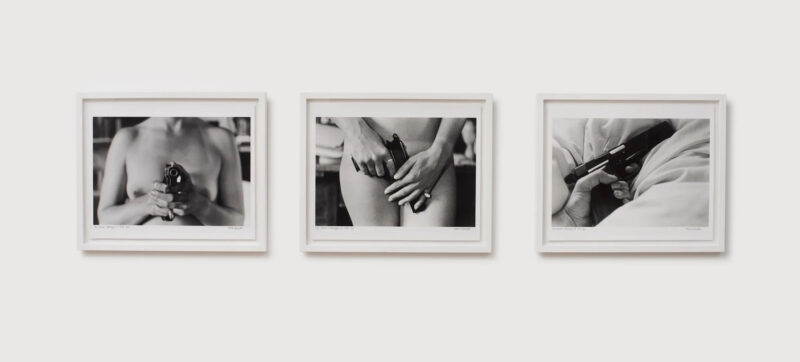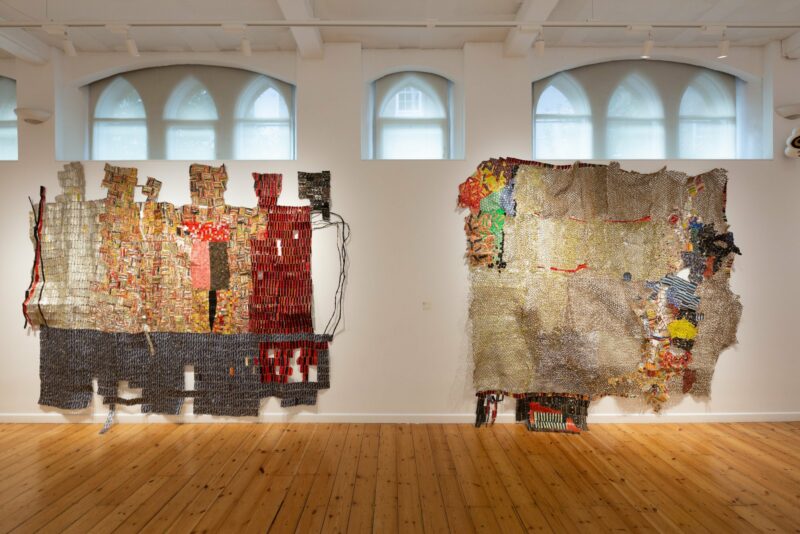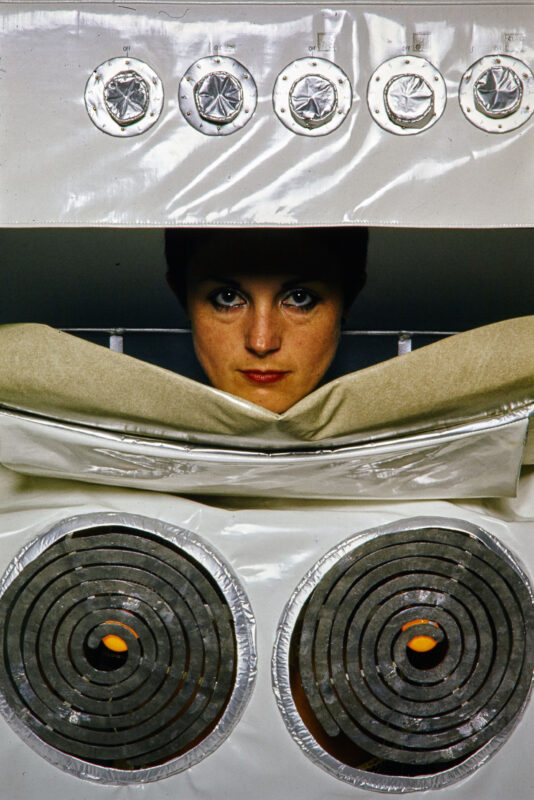
On Sexuality presents the early, iconic works of Helen Chadwick and Penny Slinger. Widely considered among the most influential artists in British contemporary art, in the 1970s Chadwick and Slinger broke all taboos and conventions with their bold, visceral works that explored female subjectivity, especially in relation to sexual desire. In a time when the debate over gender, sexuality, and equality rages with renewed intensity, this exhibition re-examines the revolutionary scope of their practice and their liberated, uninhibited, and modern vision of humanhood.
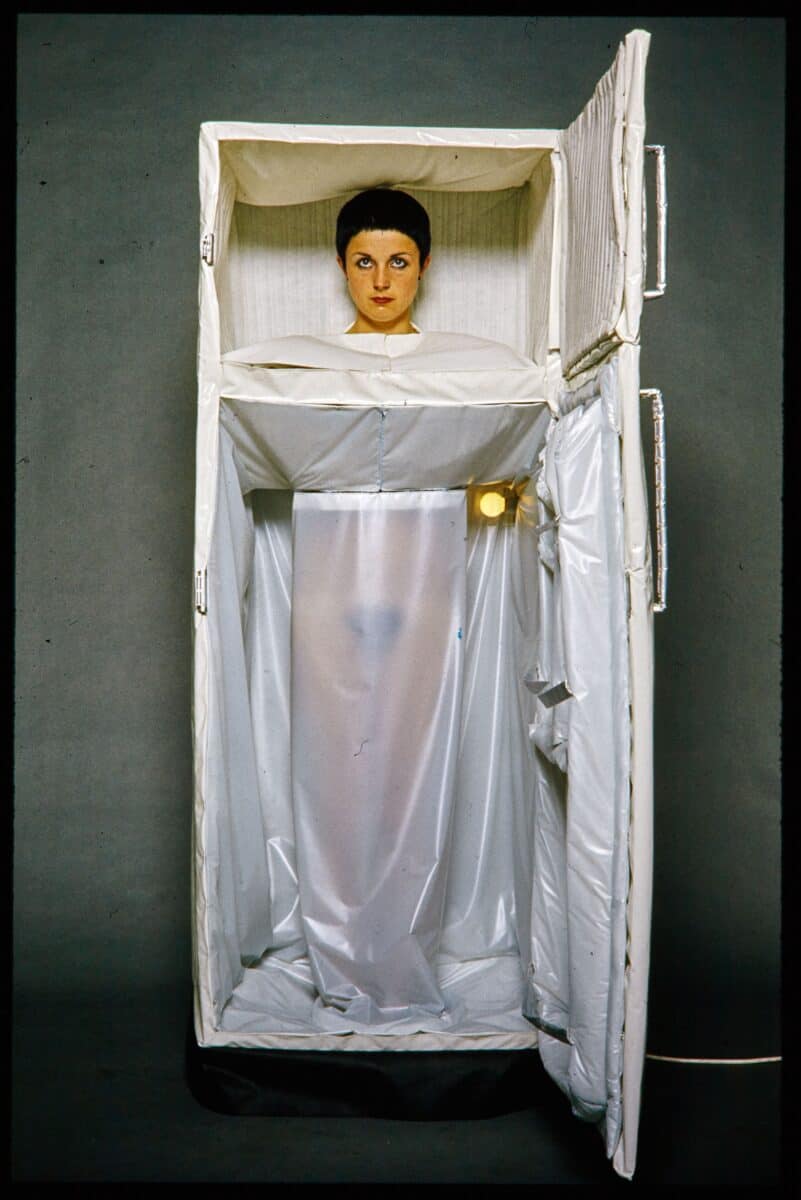
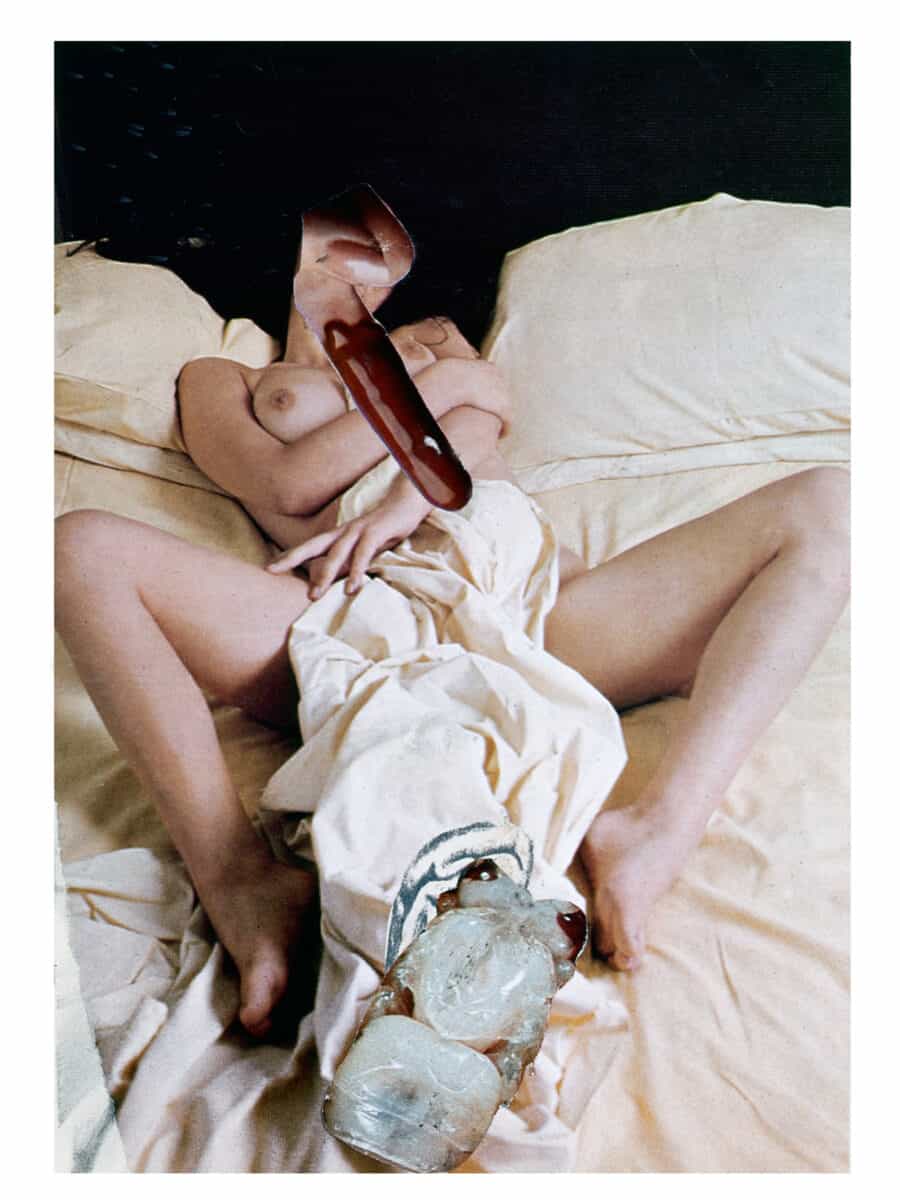
Chadwick and Slinger were among the first to celebrate women’s self-determination and sexual independency, and to revolt against female servitude in patriarchal society. The female body played a central part in their work, which was often shocking to the public, peers and critics alike.
Despite her short-lived life, Helen Chadwick is considered one of the founding figures of British contemporary art. Between 1985-1995, through her teaching posts at London’s top art schools she shaped the next generation of Young British Artists, in particular Sarah Lucas, Damien Hirst and Tracey Emin. In 1987, she became the first woman artist to be nominated for the Turner Prize, and her 1994 exhibition Effluvia at the Serpentine Galleries became the most visited in the institution’s history. Fascinatingly, Chadwick’s artistic practice captures life in flux and plays on the juxtapositions inherent in life: beauty and decay; the seductive and the repulsive; the organic and inorganic. This ambivalence characterises also the artist’s innovative and unconventional choice of materials: animal carcasses, intestines, rotting matter, and even urine offset by fragrant chocolate, soft textiles and beautiful cut flowers.
On view at the gallery is the recently digitised complete footage of Chadwick’s earliest performance Domestic Sanitation, created for her final degree show at Brighton Polytechnic in 1976. Wearing grotesque latex costumes or appearing like half-woman half-furniture beings, Chadwick and three friends perform daily feminine chores like hoovering and dusting while a voice in the background promotes beauty products. Chadwick was denouncing – not without humour – the objectification of women and the impossible standards imposed upon them.

Exhibited alongside is In the Kitchen (1977), a seminal series of photographs that satirises and rejects the domestic role of women. In the photos, Chadwick is ‘masked’ as various kitchen appliances–washing machine, stove, fridge, sink and more. The artist had created the costumes for the namesake performance she presented as her MA graduation project from Chelsea College of Art that same year.

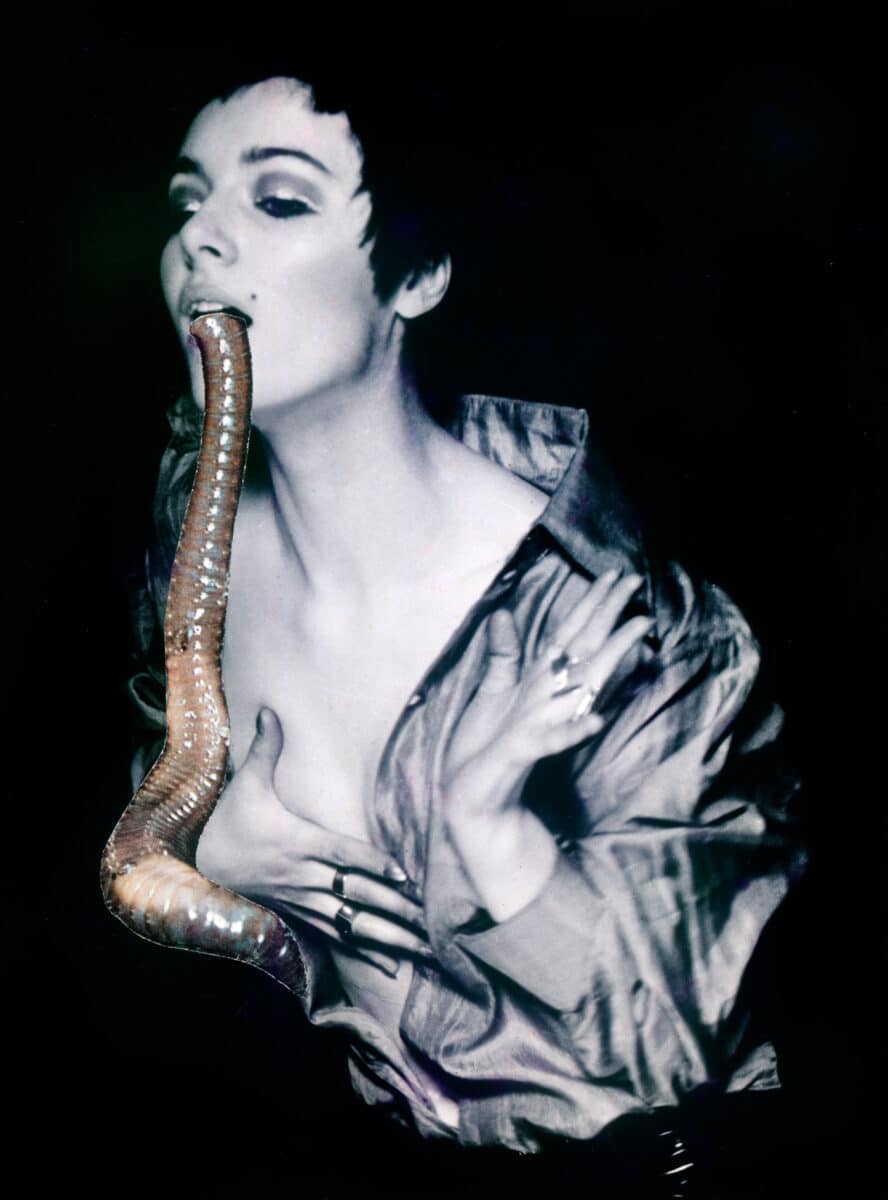
In the same period, Penny Slinger – who left Britain for the US in 1979, never to return – was creating elaborate photomontages that rebuked feminine decorum in favour of a sexually charged proposition of women. The artist self-admittedly makes
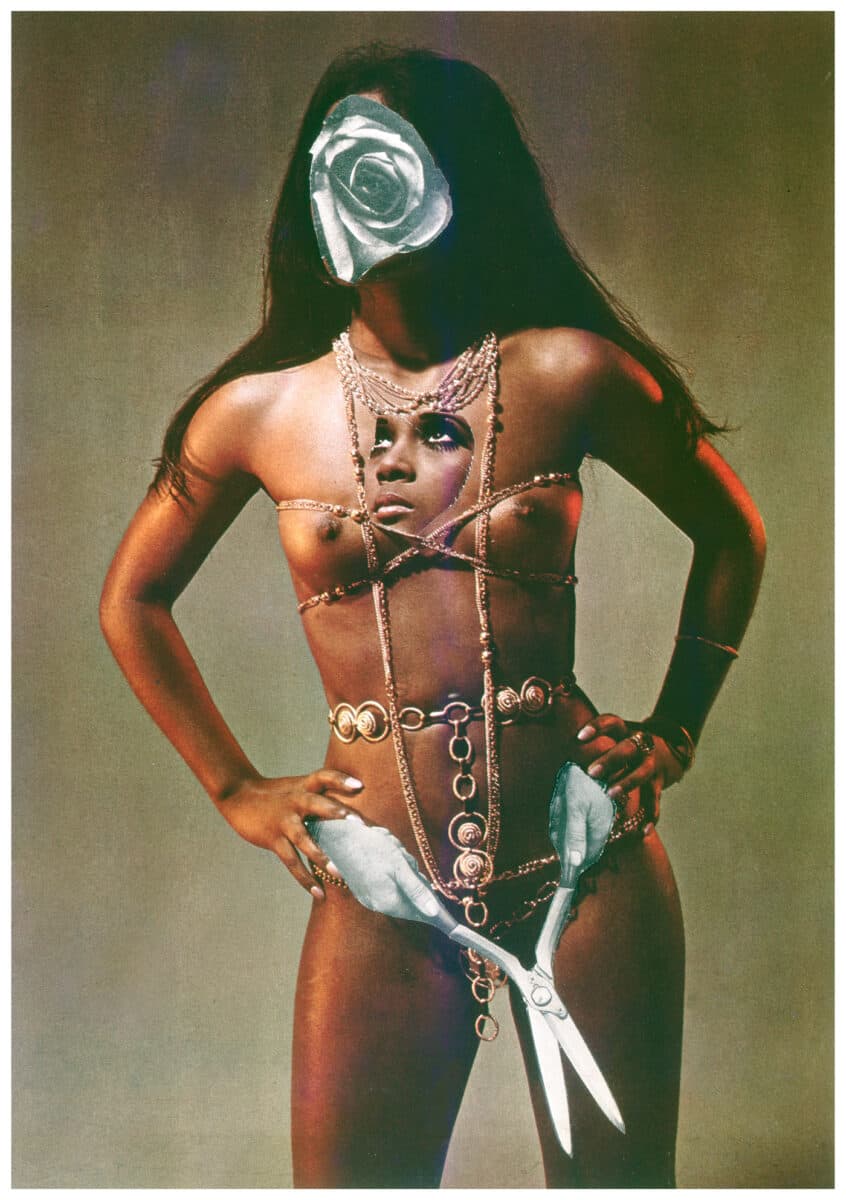
artworks to bring the inside out and the outside in” and employs Surrealist tools and methods to create “a new language for the feminine psyche to express itself.
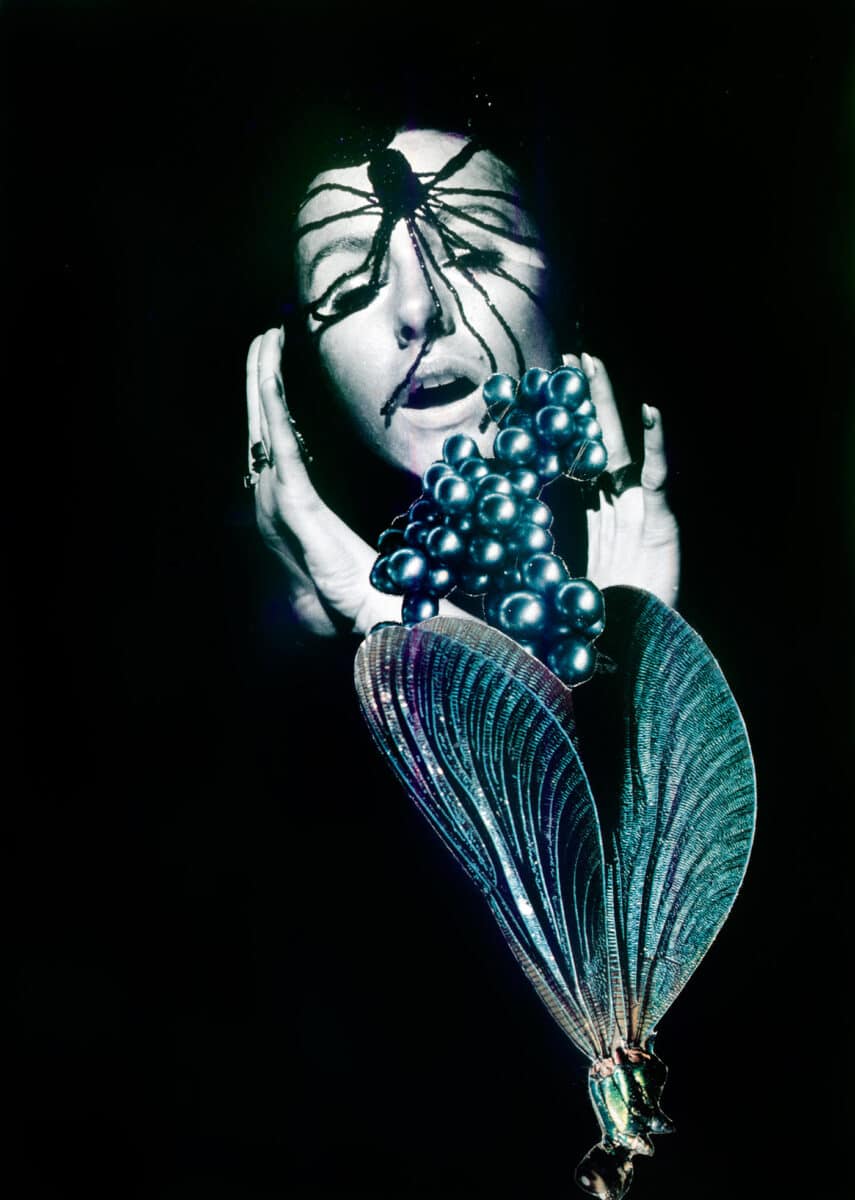
On view at the gallery is a set of limited-edition prints from Slinger’s most famous work, 50% The Visible Woman, a skin-bound photo book of black-and-white collages and poems created as part of her graduation project from Chelsea College of Art in 1969, and published in 1971. The collages were innovative in their appropriation of Surrealist elements to build a new, empowering vision of femininity, as opposed to the bleak portrayal of women offered by the male-led surrealist movement. Using her own naked body as the subject, as a way of claiming her sexuality, it was an important act of female liberation and empowerment. Fellow artist and friend Linder Sterling credits seeing 50% the Visible Woman as a key influence on her own confrontational photomontage. Looking for an alternative to the prude western attitude, from the mid-70s onwards, Slinger started employing mystical elements derived from eastern philosophies and Tantra, which celebrate the female figure and emphasize sex as a means of liberation.
On Sexuality: Helen Chadwick & Penny Slinger, Richard Saltoun Gallery London, 6th December 2022 – 10th January 2022
Tuesday 6th Dec, 6–8 pm: Marina Warner will present her book Helen Chadwick: The Oval Court (published by Afterall Books) in conversation with art critic Louisa Buck
About the artists
British conceptual artist Helen Chadwick embraced the sensuous aspects of the natural world, breaking taboos of the ‘normal’ and ‘traditional’ in art historical pedagogy. Important solo exhibitions include ‘Wreaths to Pleasure’, Henry Moore Institute, Leeds, UK (2012); ‘Helen Chadwick: A Retrospective’, Barbican Art Gallery, London, UK (2004), which travelled to the Manchester City Art Gallery, Manchester, UK; Kunstmuseet Trapholt, Kolding, Denmark and Liljevalch Konsthall, Stockholm, Sweden; and ‘Bad Blooms’, Museum of Modern Art, New York, NY (1995), which travelled to Norrköpings Konstmuseum, Norrköpings, Sweden; Indianapolis Museum of Art, Indianapolis, IN; and Uppsala Konstmuseum, Uppsala, Sweden. Chadwick’s 1986 exhibition ‘Of Mutability’, which opened at the Institute of Contemporary Arts in London, is considered a seminal point in the breakthrough of the YBA movement. Chadwick’s work is included in the Arts Council Collection; British Council Collection; Tate Collection; National Portrait Gallery; Victoria & Albert Museum and MoMA, NY, amongst many others.
Active from the late 1960s, London-born, LA-based artist Penny Slinger explores and investigates the notion of the feminine subconscious and psyche, using her own body to examine the relationship between sexuality, mysticism and femininity. The work of Penny Slinger has featured in numerous exhibitions, including most recently ‘Tantric Transformations’ at Richard Saltoun Gallery, London, UK (2019); ‘Visible Women’, Norwich Castle Museum & Art Gallery, UK (2018); ‘Virginia Woolf: An Exhibition Inspired by Her Writings’, Tate St. Ives, Cornwall, UK (2018); the major touring exhibition ‘Feminist Avant Garde of the 1970s: Works from the Verbund Collection’ at the Photographers’ Gallery, London, UK (2016–2017) and Hamburger Kunsthalle, Germany (2015); ‘History Is Now: 7 Artists Take on Britain’, Hayward Gallery, London, UK (2015); ‘Angels of Anarchy: Women Artists and Surrealism’, Manchester Art Gallery, Manchester, UK (2009); and ‘The Dark Monarch: Magic and Modernity in British Art’, Tate St. Ives, UK (2009).

